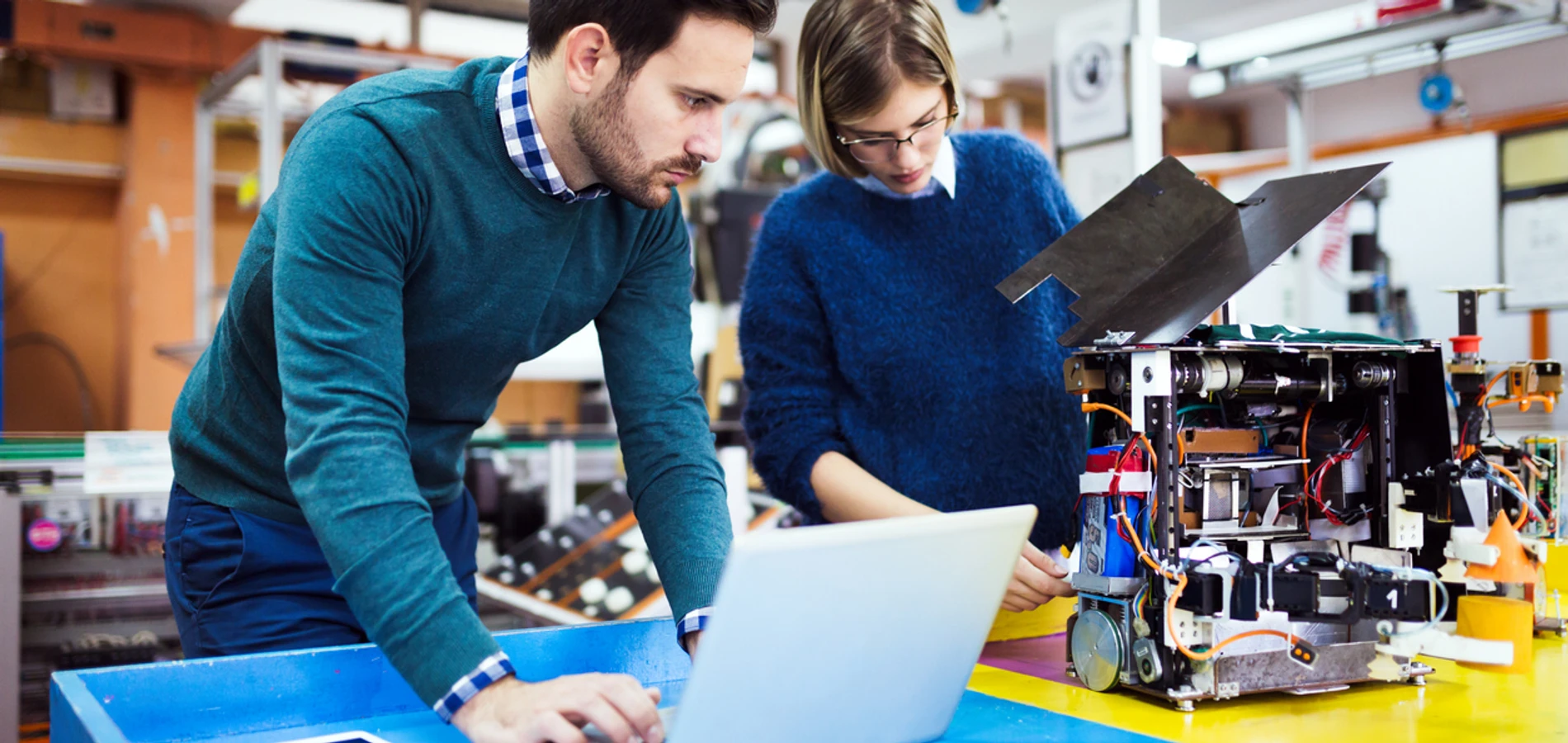This week’s post was written by Alice Kaanta, Product Manager at Luminoso.
Working at Luminoso Technologies has given me a new appreciation of the reality behind the news, particularly those about artificial intelligence (AI) and how, “It’s changing the world!”. Every day, I work with programmers and scientists to improve our AI’s ability to understand language. It’s a messy and exciting challenge – partly because language changes at the speed of slang, and partly because AI itself is evolving rapidly and constantly.
Science is advancing faster than ever
Science by its very nature is in a constant state of change, but not all branches of science move at the same speed. Nowadays, advances in artificial intelligence happens so quickly that world-changing developments roll out every year. We update our products to reflect the advances in machine learning and natural language processing, branches of science that make new strides every few months.
Part of what makes advances in science so bewildering is that they’re now happening at a faster pace than ever before. Science didn’t used to change significantly within a human lifetime:
John Dalton (c. 1803): The smallest unit of matter is the atom!
J.J. Thomson (c. 1897): Actually, atoms are made up of these things called electrons… and some other things…
It was about this time that the scientific method took hold, and once scientists had to actually prove a concept, instead of just talking about it a lot, the discovery process took off. Science began changing between generations, rather than centuries, and kept on accelerating. Nowadays, science can undergo significant changes on a yearly basis, or even faster.
Getting to a new place, pre-1990: Find a map, hope the roads haven’t changed.
Getting to a new place, 1990s: Print out the directions from MapQuest
Getting to a new place, 2000: Enter the address into your windshield-mounted GPS unit.
Getting to a new place, 2010: Enter the address into your smartphone navigation app.
Getting to a new place, 2016: “Ok Google, take me to the nearest gas station.” Select from three possible routes. App continually optimizes based on real-time traffic information.
Change is a good thing, but it makes people nervous
Science changes, and this is a good thing. However, change is never easy, even when it’s for the better. Sadly, conversations about changing science tend to sound a bit like this:
Person #1: Hey, did you hear about the new research on faster-than-light-speed travel?
Person #2: (groaning) Seriously? Didn’t Einstein decide that was impossible? Why do scientists keep on changing their minds?
Changing science can be disturbing, not just because change is fundamentally disturbing, but because it raises the uneasy question, “Does this mean the thing we used to believe/do was wrong?”
If you were operating on scientific principles in the first place, the answer is generally no. Old theories and practices are seldom completely wrong, just incomplete. The atom really was the smallest unit of matter that people could discover in 1803. Subsequent generations of physicists have found that Einstein hadn’t solved everything, but that he was fundamentally correct. Using recent science breakthroughs to look at the world doesn’t invalidate older findings or mean that what we believed before was incorrect – it simply adds more depth and context.
Science meets business: managing the impact of research breakthroughs
Because Luminoso is a science-driven technology company, we regularly incorporate new science to increase our analytical depth and complexity. These updates represent forward progress, but they do mean that past results may need to be revisited. This isn’t a bad thing, however! It’s actually an opportunity to gain a fresh perspective on your data, given an improved ability to analyze it.
Early in my time at Luminoso, a developer asked me to evaluate the impact of a proposed science change spurred by new research results. I ran identical analyses on customer feedback on a restaurant chain using both the existing and brand-spanking-new versions of our science. The original science automatically identified food and service as key drivers of customer satisfaction. The new approach revealed deeper and more nuanced findings. There was now more clarity on what exactly influenced customer satisfaction (or dissatisfaction), such as the impact of prompt service or rude waitstaff.
For me, this experience was like seeing a familiar black-and-white photograph in color. The black-and-white (or food-and-service) picture was still correct, but the new science gave it more accuracy, depth and richness. There was no going back to the old science, not if I wanted the best results possible.
All this said, here’s some advice on dealing with advances in science in the business world, from someone who sees a lot of it:
- Don’t be afraid of science changes. They’re here to help.
- Re-analyze your old data with new science. You might learn something important.
- Always analyze with the newest science. It’s your best chance at making the right decisions.
In short, even if you have to revisit your past analyses, with better science, you’re in a better position to make the right decisions for your business.



























